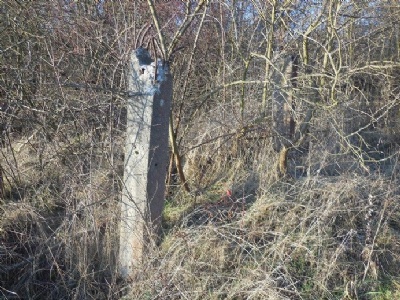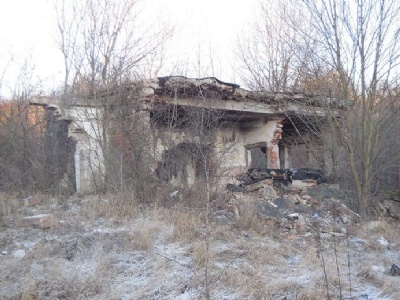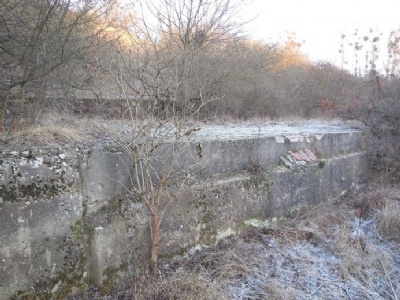Danzig – Matzkau
In October 1939, SS set up a camp in Matzkau (polish Mackowych), about five kilometers south of Danzig (polish Gdansk), called SS-Heimwehr. Prisoners from the nearby Stutthof concentration camp were used in the construction of the camp. The camp was subordinated to Stutthof and consisted of about 45 barracks with a capacity around 3000 soldiers. Already in the autumn 1940 the camp was dismantled and during a transitional period the camp became a transit camp for (german) Baltics who were to be moved to the German empire. In September 1941, SS established a penal camp called the Strafvollzuglager der SS und Polizei.
This was a camp for SS and Police officers with sentences for desertion, refusal of orders, defeatism, assault, rape and even homosexuality. The level of punishment varied from fixed-term prison sentences, front duties, forced displacement to penal companies and death sentences. A guard from Stutthof was sentenced to death for crimes committed in the concentration camp. Some prisoners were also forcibly recruited by anti-partisan units, for instance, the infamous unit Dirlewanger consisted of members recruited from the camp. Dirlewanger was notorious for his brutality against partisans and civilians. The camp began to be evacuated in February 1945, when most prisoners were sent to other prisons, for instance Nuremberg and Mosbach.
Current status: Demolished (2016).
Location: 54° 18'40 N 18° 37'1 E
Get there: Car.
Follow up in books: Höhne, Heinz: The Order of the Death’s Head: The story of Hitler’s SS (1969).








There are ruins and remnants left all around the former camp area. Some are barely visible because they are located among shrubs and can be difficult to find. Some of the ruins are probably on private land. Unfortunately, it is difficult to get any overview of the camp because it is difficult to know what the ruins and remains once were. The exceptions are the barracks that have their characteristic rectangular shape with steps leading into it. The whole area feels a bit run down and abandoned, but of course it does not take away its historical significance.